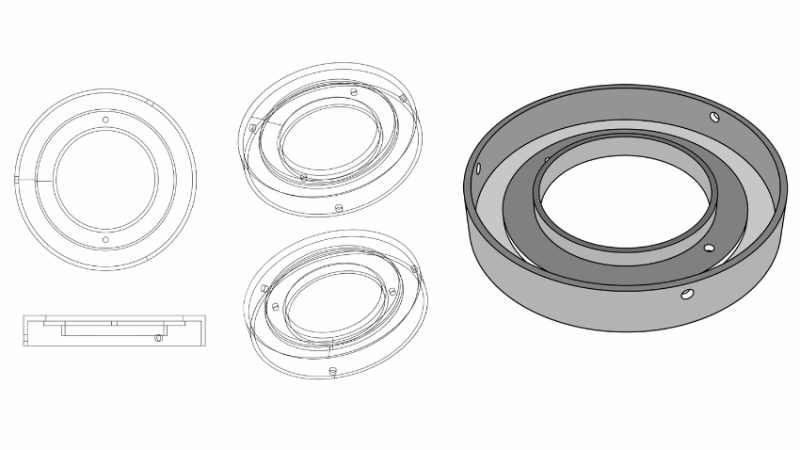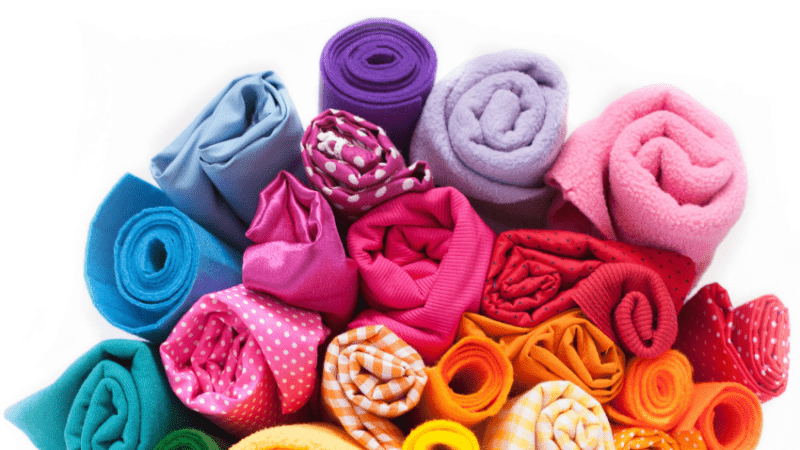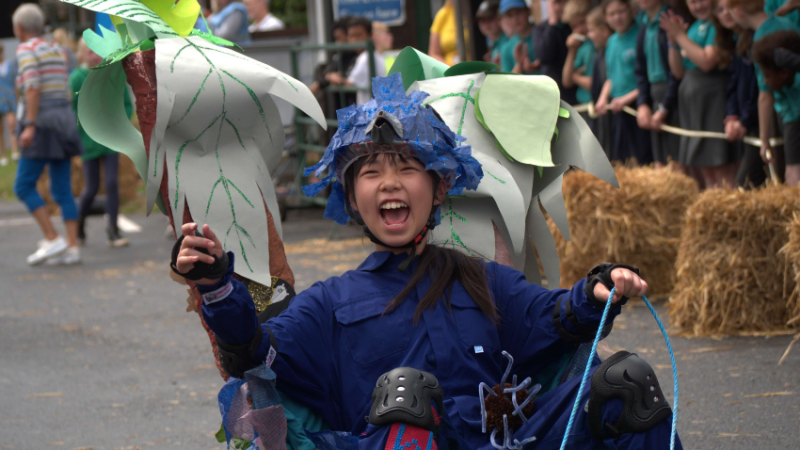LEGO Challenge – Brick by Brick Lesson Plan
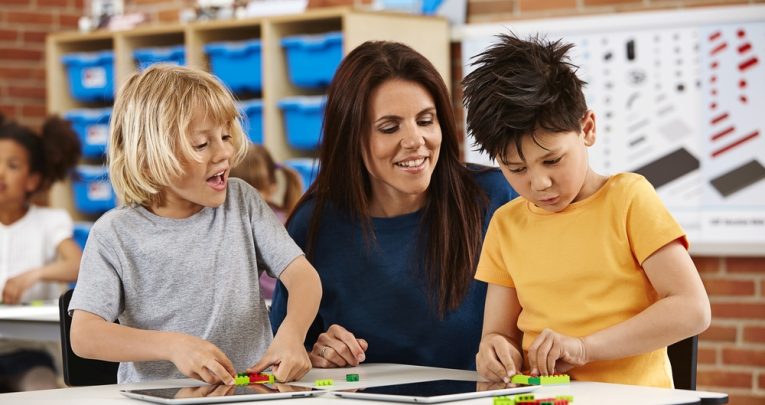
Build children’s confidence in maths with these hands-on activities using a resource they’ll all recognise, suggests Rob Widger…
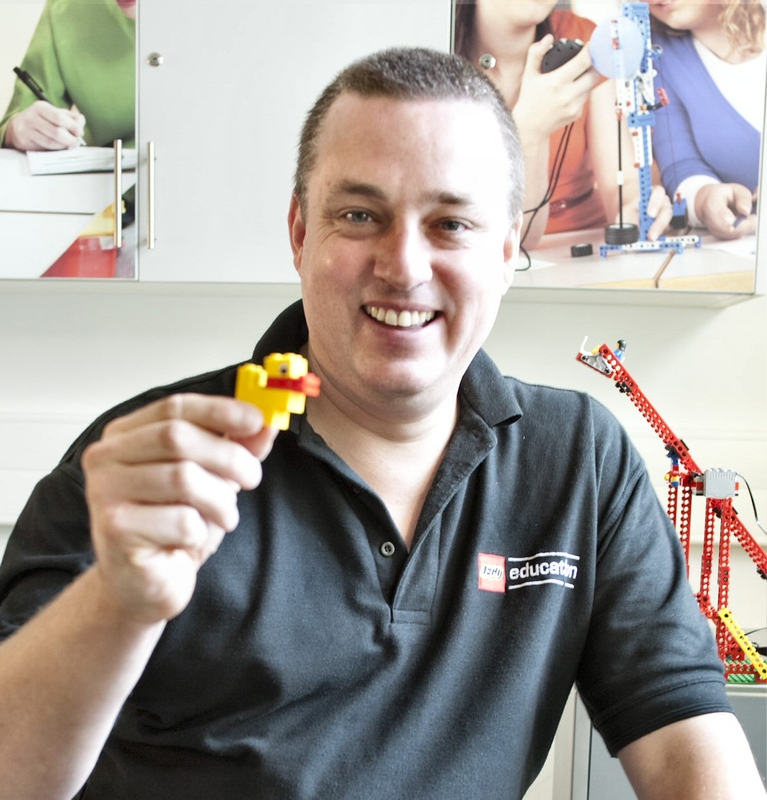
- by Rob Widger
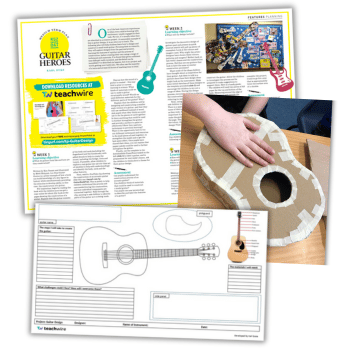
Many classrooms already have boxes of LEGO and/or LEGO Duplo bricks in their play corner, but are teachers making the most of them for teaching and learning?
Here are two activities that demonstrate how bricks can be used to bring maths to life, focusing on the specific skills of counting, shape recognition, matching, incidental multiplication and division.
1. Say what you see
Gather your learners together in a carpeted area, around a pile of random LEGO bricks. Pick up a green 2×4 block from the heap and ask the children to look at it. How many studs do they see?
Ask your pupils to close their eyes, then find a rectangle like the one they have just been looking at, and hold it up in the air. Once everyone is waving, encourage them to open their eyes and match what they are grasping to your brick. How did they find it? Is it actually the same as the one you are holding, or different? Why? What colour is it? What shapes do they see in or on it?
Together, count the studs on the original green brick. How many are there? We call this an 8-stud brick, or ‘2×4 stud’ brick. Can the children say why? Hold up a 2×2 brick and ask, ‘If the green is a 2×4, then what is this?’ How many 2x2s can fit in one of the 2×4 bricks?
Ask the learners to find two bricks each – both 2×4, but in two different colours. Ask the children why they think the bricks have studs. How many different ways can they join together the two examples they have found? Ask them to try out as many different ways as they can, and discuss the various ways there are of keeping count, such as tally marks.
2. Colour Magic
Again, sitting on the carpet around a pile of bricks, ask learners to close their eyes, select a block at random, and hold it up in the air. Only when everyone has a brick, are they allowed to look and see what they’ve found.
Tell the class that on the count of three, they are to jump up and get into groups with others that are holding exactly the same bricks as them. Depending on the ability range of the learners, you may wish to run through the kinds of attributes they will have to consider – size, number of studs, shape and colour.
Once the children have arranged themselves into groups, ask them to identify their ‘group colour’. Can they match this to something they can see around them in the classroom, perhaps a piece of furniture, or part of a wall display? Are they picking out exact matches, or are the shades they see around them perhaps lighter or darker than the bricks?
Ask them to then come up with a list of things in nature that share the colour of their bricks. If you collate all the lists on the whiteboard, they could perhaps be presented in the form of a bar chart, which could then be used to discuss which colours are most and least common.






